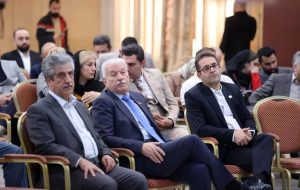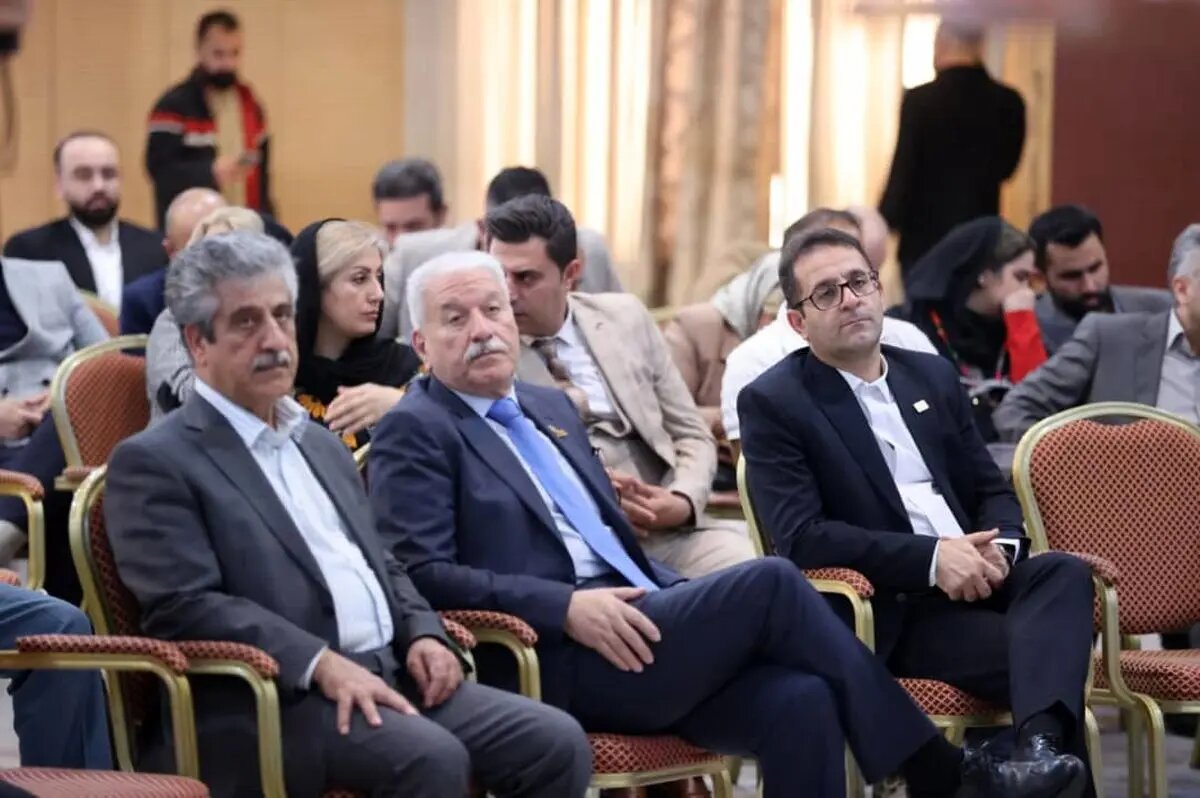Flights between Sanandaj, Kurdistan Region of Iraq proposed to strengthen tourism
TEHRAN – Moslem Shojaei, the director of marketing and foreign tourism development at Iran’s Ministry of Cultural Heritage, Tourism, and Handicrafts, has announced promising outcomes from Iran’s recent tourism roadshow held in Sulaymaniyah, the Kurdistan Region of Iraq. Among the highlights was a proposal to launch direct flights between the Iraqi semi-autonomous region and Sanandaj,


TEHRAN – Moslem Shojaei, the director of marketing and foreign tourism development at Iran’s Ministry of Cultural Heritage, Tourism, and Handicrafts, has announced promising outcomes from Iran’s recent tourism roadshow held in Sulaymaniyah, the Kurdistan Region of Iraq.
Among the highlights was a proposal to launch direct flights between the Iraqi semi-autonomous region and Sanandaj, the capital of Iran’s Kordestan province.
Shojaei on Sunday emphasized the willingness of Iraqi Kurdish officials to establish the air service, which could eventually connect passengers to Iran’s southern tourist hub of Kish Island. The aim is to enhance access to Iran’s recreational and medical tourism offerings, Shajaei said.
“The roadshow facilitated significant collaboration between the public and private sectors, focusing on health tourism and leisure travel. This included discussions about easing travel for visitors from the Kurdistan Region to key destinations in Iran,” Shojaei explained.
Elsewhere in his remarks, the official highlighted the Kurdistan Region of Iraq as a vital yet underutilized market for Iranian tourism.
Cultural and verbal ties, coupled with the shared border, make the region a natural partner for fostering stronger tourism exchanges. “Unlike other markets, this region is less affected by anti-Iran sentiments and offers a six-million-strong population eager for diverse travel opportunities,” he added.
Shojaei also pointed out logistical issues, such as streamlining border crossings and reducing wait times for administrative procedures, as critical areas for improvement to boost tourist flow.
The event showcased attractions from Iran’s western provinces of Kermanshah, Kordestan, and Hamedan, as well as other regions, including Isfahan and Tehran. Shojaei noted that these efforts underscore Iran’s commitment to fostering mutual tourism growth and cultural exchange with its western neighbor.
The roadshow, which came to an end on Friday, drew participation from 50 Iranian travel agencies, hospitals, and tourism facilitators, alongside over 50 agencies and representatives from the Iraqi Kurdistan Region.
Iran expects to reap a bonanza from its numerous tourist spots such as bazaars, museums, mosques, bridges, bathhouses, madrasas, mausoleums, churches, towers, and mansions, of which 28 are inscribed on the UNESCO World Heritage list.
According to available data compiled by the tourism ministry, more than six million foreign tourists arrived by air, road, and sea in the country during the past Iranian calendar year, which came to an end on March 19. The figure marks a substantial year-on-year increase compared to a year earlier (1401) in which approximately 4.23 million tourists visited the Islamic Republic.
AM
